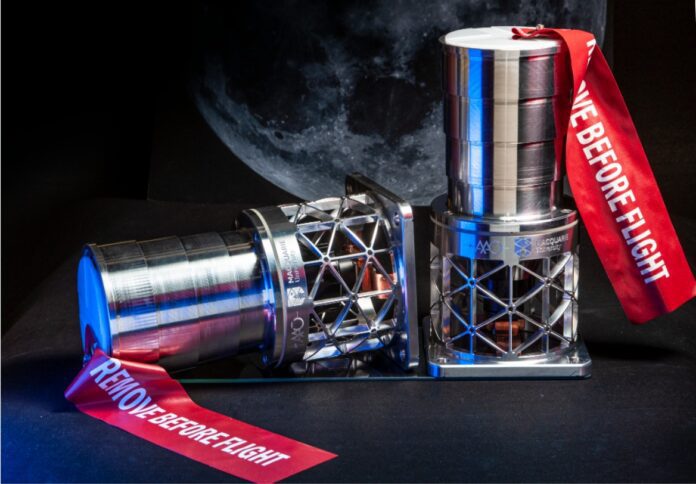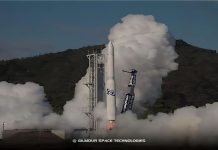
Australian Astronomical Optics (AAO) at Macquarie University has delivered its Malya thermal camera system to Queensland-based Gilmour Space Technologies.
This advanced camera is scheduled for deployment into orbit next year, playing a crucial role in an upcoming Gilmour Space satellite mission, the company said in a news release.
The Malya payload, a space-qualified system, includes two thermal infrared cameras and an edge computer developed by Sydney-based tech company Spiral Blue.
By repurposing existing ground-based camera technology, the AAO said it has reduced the production timeline typically required for space-ready equipment.
“By uplifting an off-the-shelf camera for use in space, we have been able to produce a working system much faster than building a space-grade camera from scratch,” said Associate Professor Lee Spitler, head of Space Projects at AAO, Macquarie University.
This project draws upon AAO’s fifty years of expertise in designing and constructing highly specialised precision telescope components for astronomy observatories across Australia, the Pacific, Europe, Asia, and the Americas.
Kody Cook, head of Satellites at Gilmour Space, emphasised the importance of this mission for Australia’s space sector.
“This all-Australian mission showcases the growing capabilities of our local space industry, from Gilmour’s rocket and satellite to AAO’s payload and Spiral Blue’s computer,” he said.
The Malya camera system, named after the Dharug and Dharawal word for the diamond python (known for its thermal infrared sensing capabilities), is designed to communicate with the satellite’s computer to capture images of specific targets.
Its dual-camera setup is ideal for photographing larger regions, such as vast areas of the Earth, offering significant potential for applications like bushfire detection, earth observation, and defence.
The delivery of the Malya payload coincides with National Science Week, celebrating the achievements of Australian scientists and engineers in advancing space technology.


















